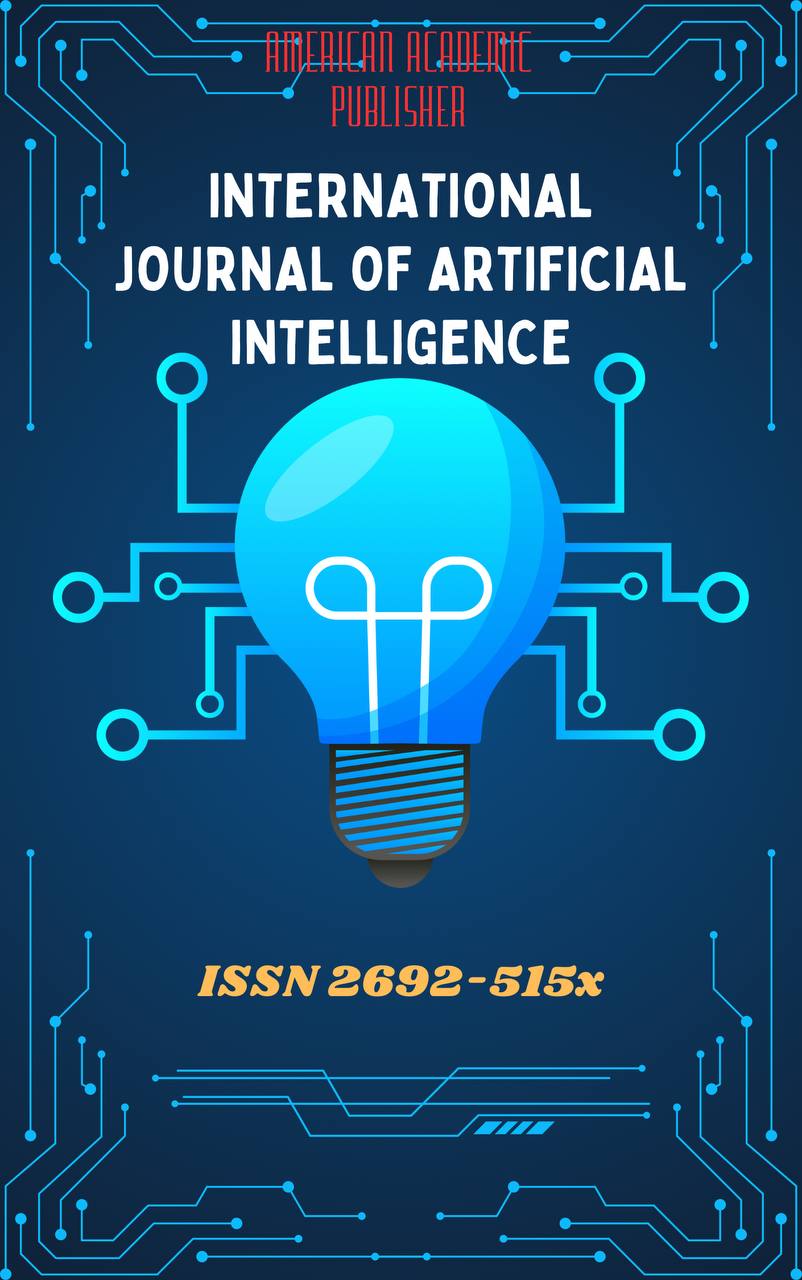 Articles
| Open Access |
Articles
| Open Access | SCIENTIFIC AND THEORETICAL FOUNDATIONS OF LITERARY TRANSLATION TRANSFORMATIONS
Sodiqova Nargiza Baxodir kizi , A teacher of the department “Practical aspects of the English language” of Uzbekistan State World Language University, English Philology facultyAbstract
The process of translating literature is complex and encompasses linguistic, cultural, and semantic elements. The way translators handle interlingual transformations—adjustments made to communicate meaning, style, and cultural nuances from the source language into the target language—largely determines how effective it is. This article analyse different kinds of translation changes (lexical, syntactic, and cultural) and their purpose in guaranteeing functional equivalency, drawing on the writings of eminent academics including E. Nida, L. Venuti, A. Lefevere, and Uzbek translation theorists. It emphasises how crucial it is to appropriately maintain the text's creative worth and meaning while modifying it to fit the linguistic and cultural background of the intended audience. The study comes to the conclusion that a careful use of translation changes improves literary works' aesthetic and communicative qualities, which in turn enriches intercultural communication.
Keywords
Literary translation, transformation, linguistic adaptation, cultural equivalence, semantic adjustment, functional equivalence, translator’s competence
References
Komissarov, V. N. (1990). Teoriya perevoda (Theory of Translation). Vysshaya Shkola.
Lefevere, A. (1992). Translation, Rewriting, and the Manipulation of Literary Fame. Routledge.
Nida, E., & Taber, C. (1982). The Theory and Practice of Translation. Brill.
Rahimov, G‘. (2016). Tarjima nazariyasi va amaliyoti (Translation Theory and Practice). O‘zbekiston Milliy Ensiklopediyasi.
Salomov, G‘. (1983). Tarjima nazariyasi asoslari (Foundations of Translation Theory). O‘qituvchi.
Venuti, L. (1995). The Translator’s Invisibility: A History of Translation. Routledge.
Article Statistics
Downloads
Copyright License

This work is licensed under a Creative Commons Attribution 4.0 International License.

